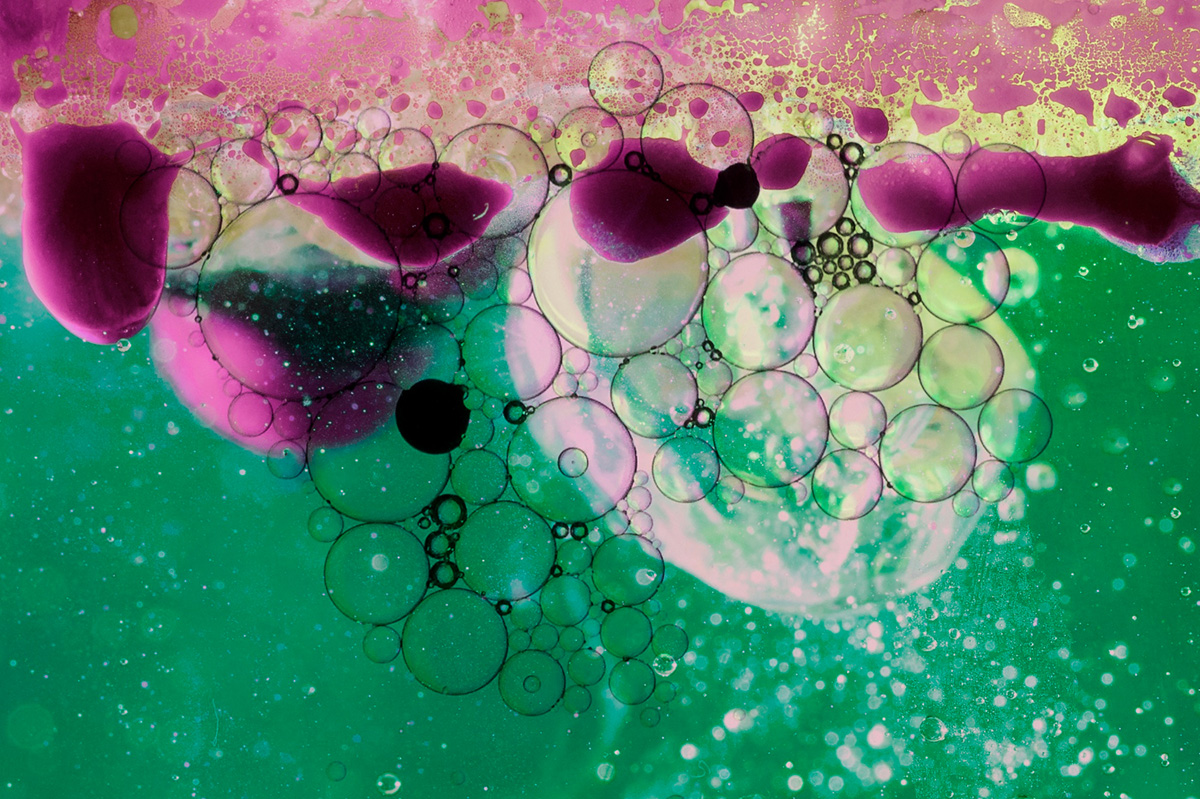How to Get Rid of Pink Algae in Your Pool

Having a pool in your backyard is an amazing luxury. It provides a private oasis where you can relax and enjoy with friends and family. However, keeping your pool clean and well-maintained can be quite a task. One of the most annoying problems that pool owners face is pink algae growth. Pink algae are not only unsightly but can also be harmful to swimmers. In this blog post, we’ll discuss how to get rid of pink algae in your pool once and for all.
What is Pink Algae?
First and foremost, let’s take a closer look at what pink algae are and what causes them. Unlike green algae, which are more common, pink algae are actually a type of bacteria. They thrive in the presence of sunlight and can grow in areas where the circulation of water is poor, such as in corners, steps, and ladders. Pink algae can also survive in areas where the pool chemistry is not balanced, such as low chlorine levels or high pH.
Prevention is Better than Cure
One of the best ways to get rid of pink algae is to prevent it from growing in the first place. This can be accomplished by having a proper pool maintenance routine. Regularly brushing the walls, floors, and waterline of your pool, vacuuming debris from the water, and maintaining proper chlorine and pH levels are all important steps in preventing pink algae growth. Additionally, algae can grow more rapidly if the pool water gets warm, so keeping your pool water cool, especially during the hot summer months, can also help to prevent pink algae.
How to Remove Pink Algae
If pink algae growth has already occurred, then it’s important to act fast to prevent the bacteria from spreading. Here’s a step-by-step guide on how to get rid of pink algae in your pool:
- Step 1:
Brush the pool walls, floors, steps, and ladders thoroughly to dislodge the algae from the surfaces.
- Step 2:
Add a pink algaecide to the water. Make sure you follow the instructions carefully for the proper dosage.
- Step 3:
Run your pool filter continuously until the algae is eliminated. This can take a few days, depending on the severity of the growth.
- Step 4:
Test your pool water chemistry regularly and adjust as needed. Be sure to maintain proper chlorine and pH levels to prevent the growth of pink algae in the future.
Consider Enlisting Professional Help
If you have tried all the above steps and still find that your pool is infested with pink algae, it may be time to call in the professionals. A pool maintenance company can properly diagnose and treat the problem quickly and effectively, saving you time and stress.
Conclusion
Pink algae in your pool is an annoying and common problem for many pool owners. But with proper prevention, maintenance, and treatment, it’s a problem that can be solved. Remember to brush your pool surfaces regularly, maintain proper levels of chlorine and pH, and keep your pool water cool to prevent the growth of pink algae. And if all else fails, don’t hesitate to call in the experts to help you eradicate the problem entirely. Also, if you're looking for pool plastering in Tampa, FL, contact Aqua Coat Pool Plastering today for a free estimate.